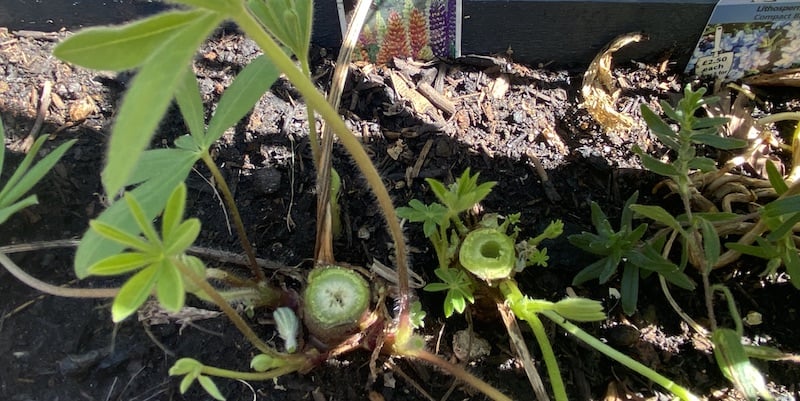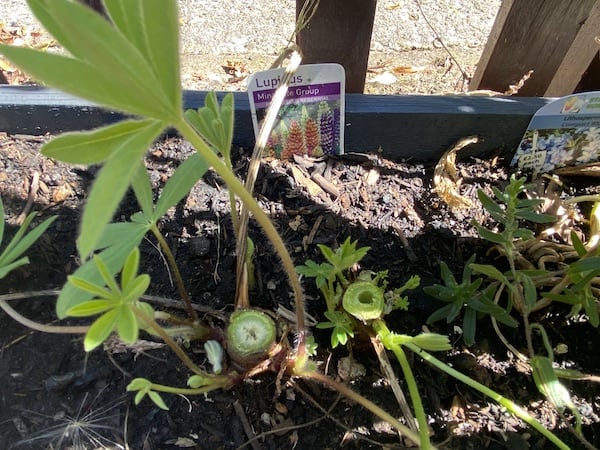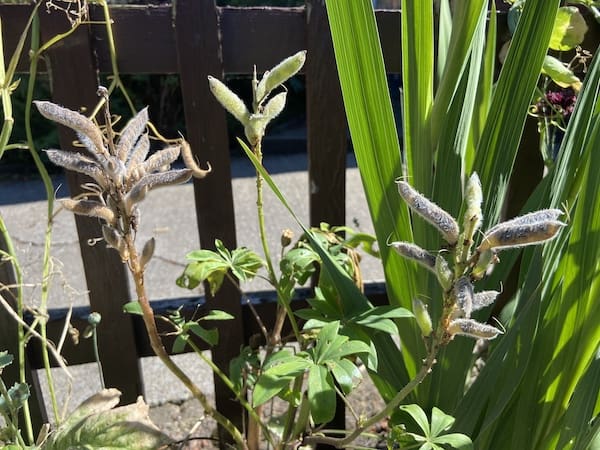
When and how to cut back and prune lupins?
Our site is reader supported, this means we may earn a small commission from Amazon and other affiliates when you buy through links on our site.
As well as pruning, deadheading lupins is an important key to keeping your plants successfully blooming over the summer. I generally deadhead as individual flowers finish flowering, and then once they stopped flowering well, I usually hard prune to ground level, which usually results in a second flush of flowers. I then usually prune back at the end of autumn to ground level to get my lupins ready for winter.
Here’s how I personally deadhead and prune lupins in more detail.
Deadhead lupins
Deadheading lupins is the task of removing the faded flowers in order to encourage the plant to produce a second bloom. This works especially well in places with cooler summers for a second round of flowers in the early autumn.
Using a sharp knife or scissors (sterilised first), cut the old flower spikes off the plant as they fade. Be careful not to cut off any foliage as well. Another way of doing this is to run the sharp knife down the stem removing all the dead flowers. This leaves the bare stem standing up by itself.
Note that if you don’t deadhead the lupins, the flowers turn to seed pods. If these are left alone, they self-seed and you won’t get that second flush of flowers. You’ll have seeds germinating and producing seedlings next year in your current lupin bed.
Prune lupins

Lupins don’t really need pruning. However, I like a tidy winter bed, so I always prune them back to ground level in autumn, ready for winter.
If leaves or stems are infested by aphids or diseased, then do cut them off, back to the ground if necessary. This encourages new healthy growth to develop.
Cutting the finished flower spikes down to the ground encourages more to appear. This is especially important at the end of the growing season.
If your lupins are growing too high for your landscape design, you can encourage them to branch out. Prune the main stem right above the place where it branches to a side stem. The main stem won’t regrow but more side stems will appear. They’ll bloom later in the season. This makes your lupin a more ‘bushy’ plant than a tall and thin one.
If you like a tidy garden throughout the winter like I do, consider trimming off the leaves of the lupins after the first frosts. This neatens up the stems and focuses the plant’s energy on generating new growth in the spring.
Important note:
All parts of the lupin can be poisonous to people and to animals. Be sure to wear gloves when working with them.
